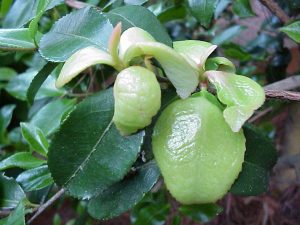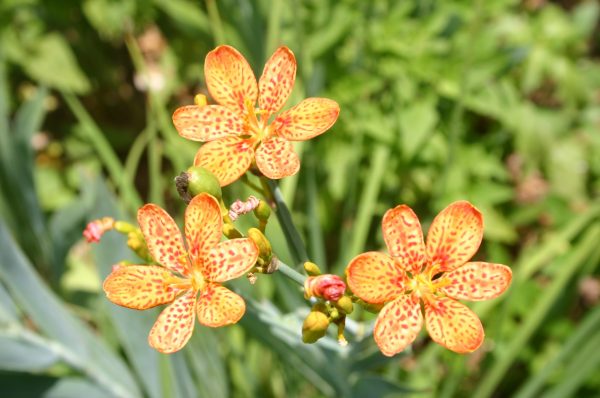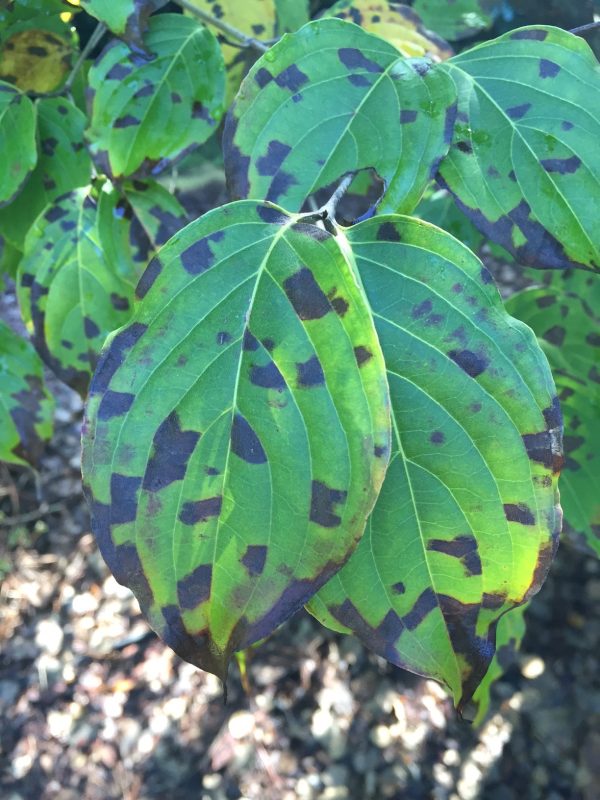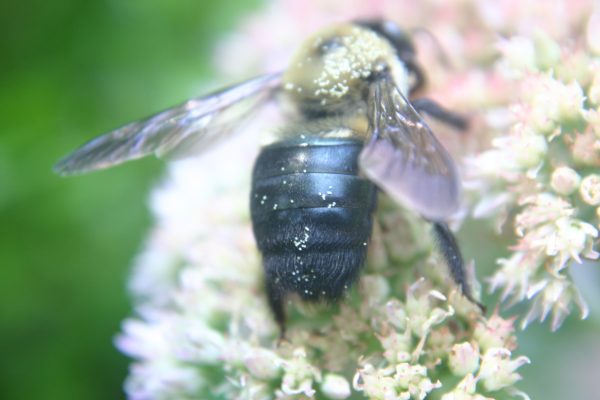Azalea and Camellia – Leaf Gall

Q: The leaves on the ends of some of my camellia branches are swollen and thicker than the rest of the leaves. They are also lighter green. I’ve seen this on azaleas but not on camellias. Is it the same thing?
A: It is indeed the same disease: camellia (or azalea) leaf gall. It is caused by the fungus Exobasidium spp.. Your plants were infected last year when spores from a similarly swollen camellia leaf were released. There is not much you can do for the problem now other than pick off and destroy the affected leaves.
Occurrence of the disease is sporadic and depends on the spring weather. Some years azaleas throughout Atlanta seem to be afflicted; some years only a few.
The disease is also called “pinkster gall” or “pinkster apple”, because it affects the wild Pinkster azalea (Rhododendron periclymenoides). I am given to understand that early pioneers would pickle the galls with spices and vinegar and enjoy them as a delicacy. Since most azalea plant parts are toxic, I wouldn’t recommend this particular snack to you.
The best treatment is to pluck off the mal-formed leaves, put them in a plastic bag and put them in the garbage. Do not simply drop them on the ground. Finish the job before the galls turn gray, the stage when new spores are produced. If you want to protect the buds for next year, spray with a landscape fungicide (click for sources) just before new leaves unfurl in spring and again ten days later. Leaf galls rarely do permanent damage to the plant.
MORE INFORMATION
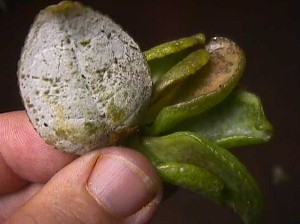
azalea leaf gall Exobasidium rhododendri
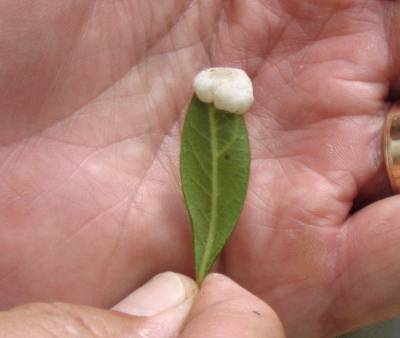
azalea leaf gall Exobasidium japonicum
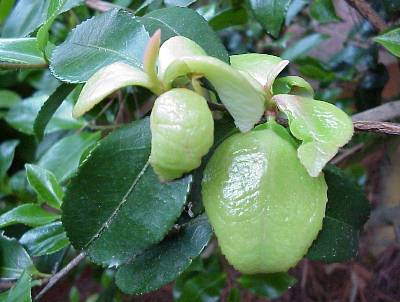
camellia leaf gall Exobasidium camelliae
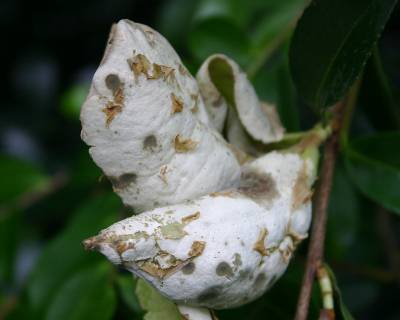
camellia leaf gall Exobasidium camelliae


